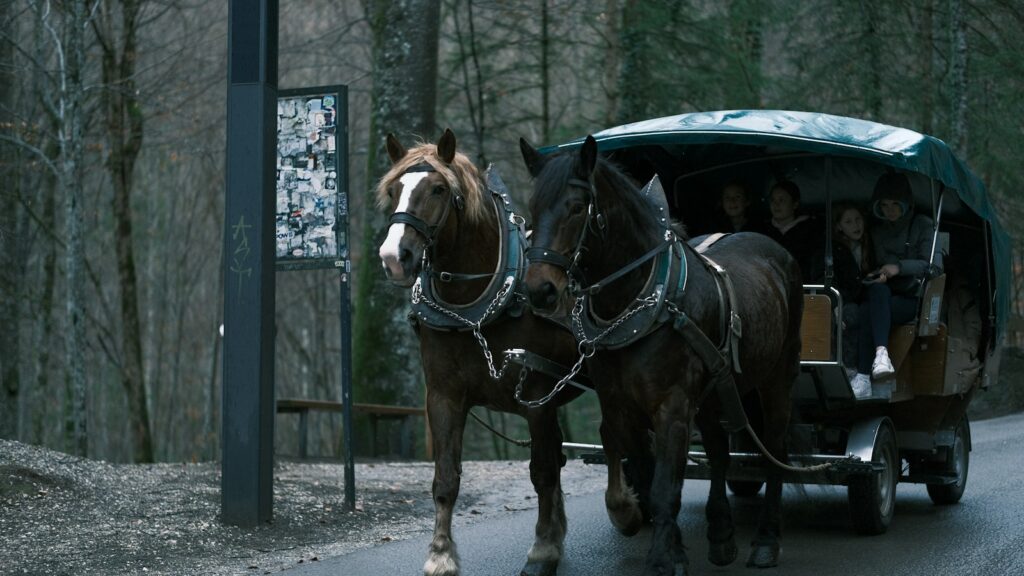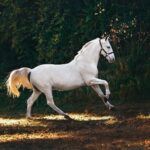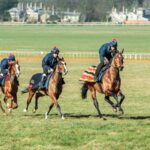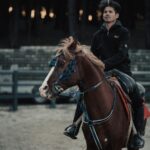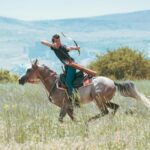For centuries, the partnership between humans and horses has shaped transportation, agriculture, and recreation. While riding horses may receive most of the attention today, driving horses—those trained to pull carriages, carts, and other vehicles—continue to play important roles in both working and sporting contexts around the world. The art of carriage driving requires horses with specific physical and temperamental qualities that set them apart from riding breeds. From elegant weddings to competitive combined driving events, from tourist-filled city streets to rural farming communities, driving horses remain essential partners for many equestrians and professionals. This article explores the best horse breeds for driving and carriage work, examining their distinctive characteristics, historical significance, and suitability for various driving disciplines.
Understanding the Requirements for Driving Horses
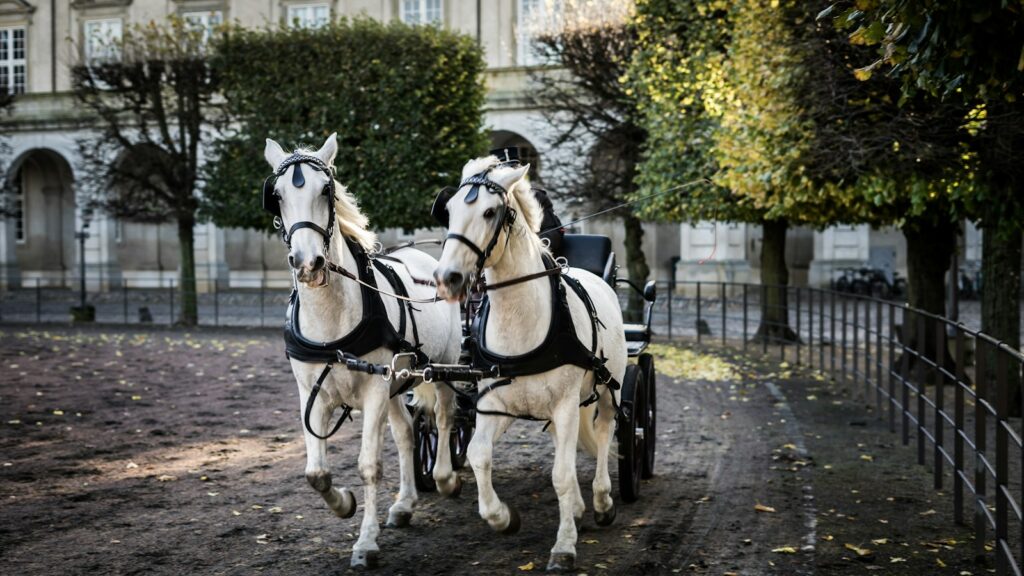
Driving horses must possess distinct qualities that differentiate them from horses primarily bred for riding or racing. Physical strength is paramount, as these horses must pull substantial weight while maintaining consistent forward movement and responsiveness to subtle rein cues. A driving horse requires a sturdy build with powerful hindquarters, a strong back, and well-developed shoulder muscles to comfortably bear the weight of harness equipment and pull vehicles. Temperamentally, the ideal driving horse exhibits patience, steadiness, and an unflappable nature—qualities that allow them to remain calm when facing traffic, crowds, or unexpected stimuli. Additionally, driving horses should possess natural forward movement with cadenced gaits that provide smooth, comfortable travel for passengers and maintain efficiency over distances.
Friesian: The Elegant Black Carriage Horse
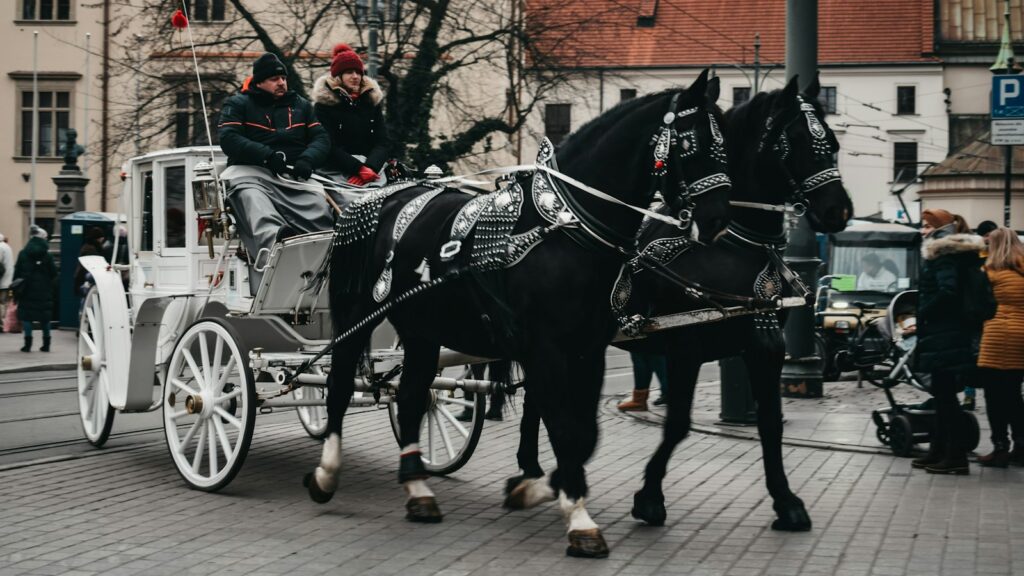
With their flowing manes, feathered legs, and striking jet-black coats, Friesians embody the quintessential image of the classical carriage horse. Originating in the Netherlands, these horses were historically used by nobility for driving elaborate carriages and have maintained their popularity into modern times for their stunning appearance and natural aptitude for harness work. Friesians possess a high, animated knee action that creates a spectacular visual impression while pulling carriages in parades, exhibitions, or formal events. Their willing temperament, trainability, and natural showmanship make them excellent choices for public appearances and competitive driving events. Although traditionally used for single driving, many Friesians are versatile enough to perform in pairs or larger hitches when properly trained, making them a favored breed for professional carriage companies and affluent private owners alike.
Percheron: Power and Grace in Harness
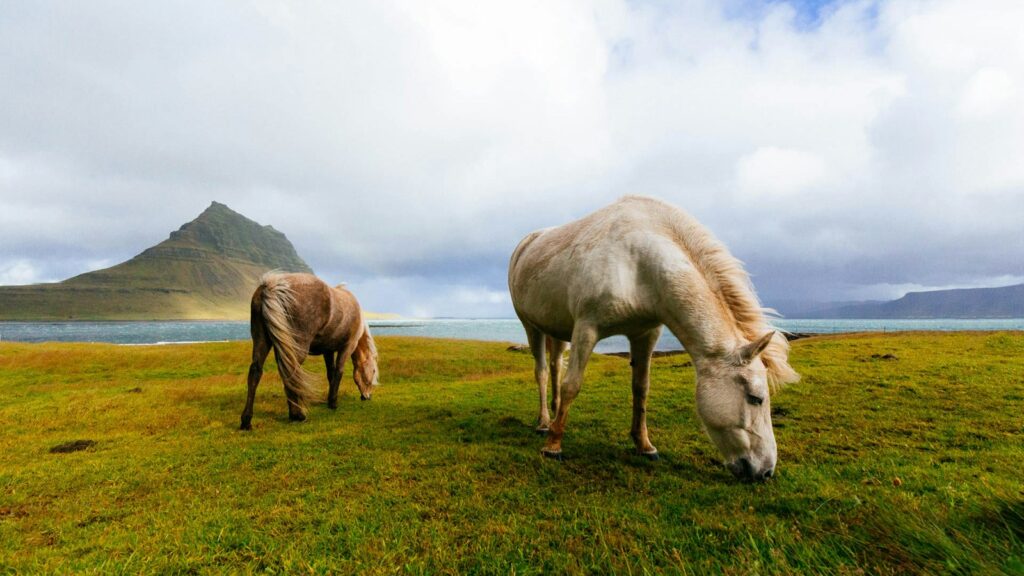
The Percheron represents one of the most recognizable and versatile draft breeds used for driving applications worldwide. Originating in the Perche region of France, these horses were initially bred as war horses but transitioned to agricultural and carriage work as warfare tactics evolved. Modern Percherons typically stand between 16.2 and 17.3 hands high, with most exhibiting black or dappled gray coloration, powerful muscles, and surprisingly refined movement for their size. Their intelligent, willing nature makes them excellent candidates for both recreational and commercial driving applications, from elegant carriage services to competitive driving events. Percherons adapt well to various climates and working conditions, which has contributed to their global popularity as both working animals and show horses in harness disciplines.
Hackney Horses: The Ultimate Show Driving Breed
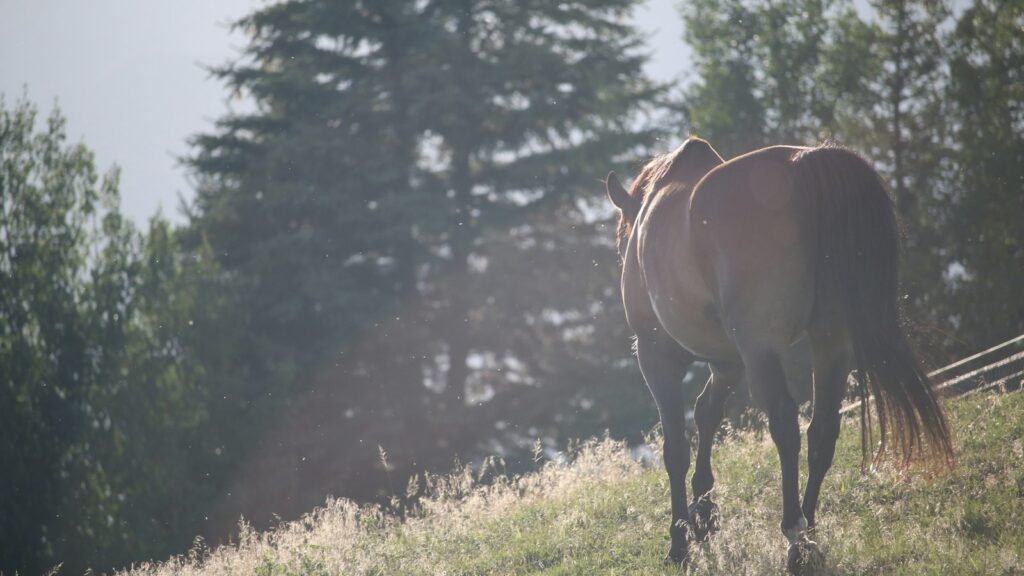
The Hackney Horse represents the pinnacle of specialized driving breeds developed specifically for their extravagant action and endurance in harness. Developed in Great Britain during the 18th and 19th centuries, Hackneys were created by crossing Norfolk Trotters with Thoroughbreds to produce horses with remarkable knee and hock action. Their most distinguishing characteristic is their extraordinary high-stepping movement with remarkable flexion and elevation of their knees and hocks, creating a spectacular presence in the show ring. Hackneys possess remarkable stamina, allowing them to maintain their impressive action over extended periods—a quality that made them valuable as both carriage horses and competition animals. While primarily used in show driving today, particularly in fine harness classes and elegant turnout exhibitions, their historical purpose as fast, elegant carriage horses for affluent owners continues to influence their breeding and training focus.
Clydesdale: The Gentle Giant of Driving
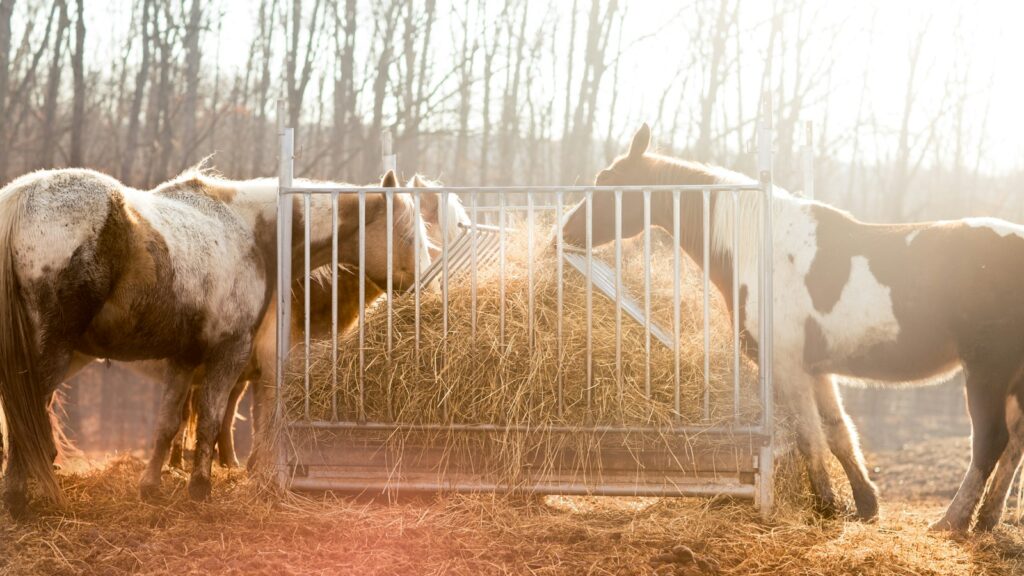
Clydesdales have achieved international recognition through their association with Budweiser hitches, but their capabilities as driving horses extend far beyond commercial promotions. These Scottish draft horses typically stand between 16.2 and 18 hands high, with distinctive feathering on their lower legs, and typically display bay, brown, or black coloration with prominent white markings. Despite their imposing size, Clydesdales are known for their exceptionally gentle temperaments and willingness to work, making them approachable choices for novice drivers working with larger hitches. Their naturally high step and animated movement provide visual appeal while pulling carriages or wagons, combining power with elegance in motion. Clydesdales excel in both single driving applications and as part of matched teams, where their striking appearance and steady nature make them crowd favorites at parades, exhibitions, and ceremonial events.
Morgan: America’s Versatile Driving Horse
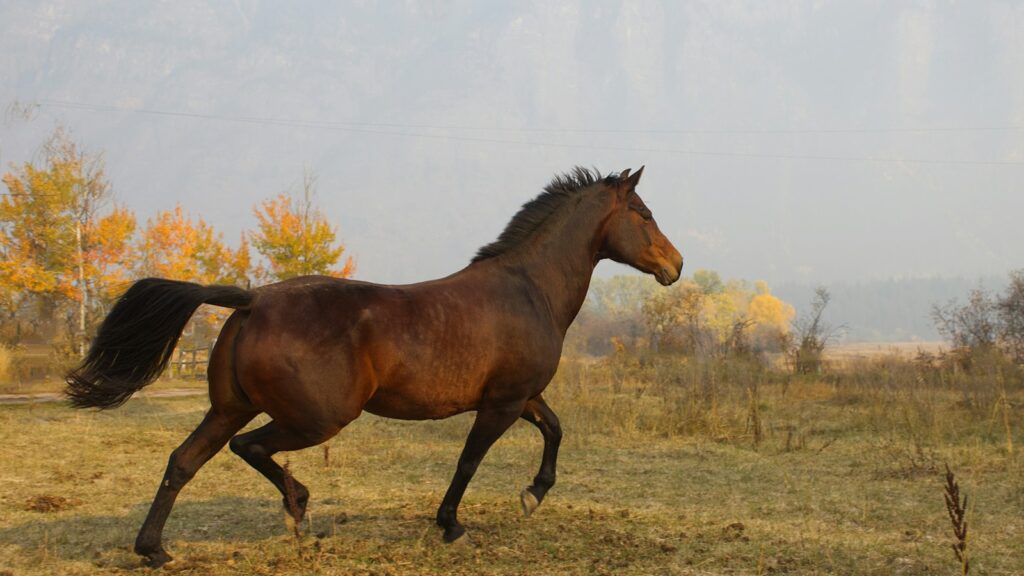
The Morgan horse represents one of America’s oldest and most versatile breeds, with driving capabilities deeply embedded in its heritage and physical structure. Descended from a single foundation sire named Figure (later known as Justin Morgan), these compact, powerful horses typically stand between 14.1 and 15.2 hands with substantial bone, muscling, and distinctive refined heads. Their natural collection, upright neck carriage, and animated gait make them naturally suited to harness work without extensive specialized training. Morgans possess remarkable stamina and hardiness, allowing them to maintain steady paces over long distances—qualities that made them invaluable for stagecoach and mail delivery services in early American history. Their intelligence, cooperative nature and adaptability have maintained their popularity in modern driving disciplines, from pleasure driving to combined driving events and carriage racing competitions.
Welsh Cob: Small Package with Tremendous Pulling Power
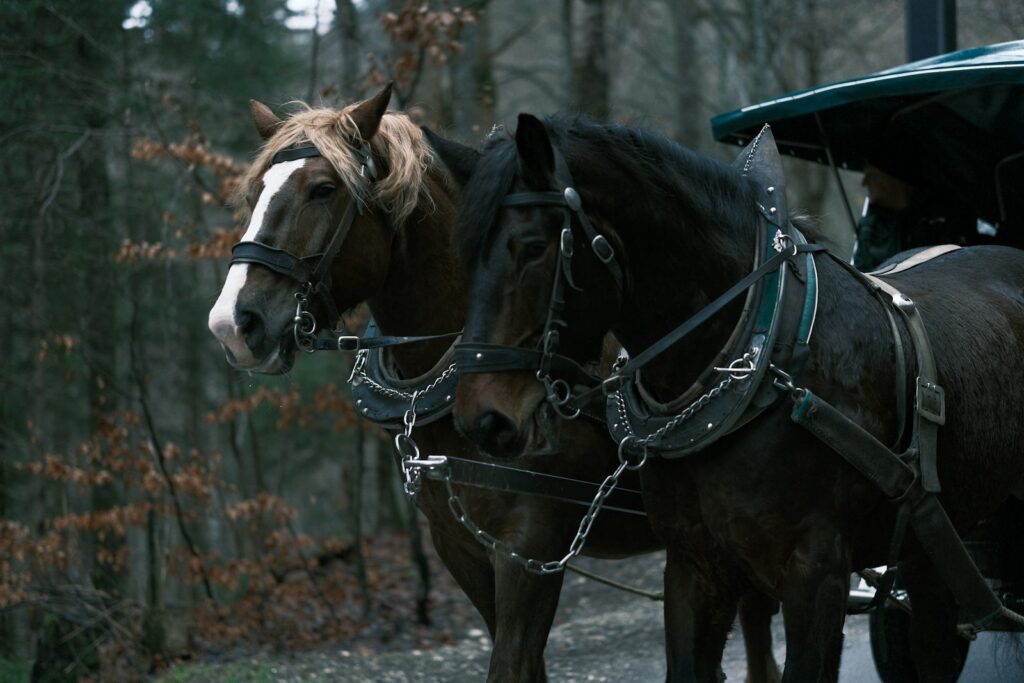
Welsh Cob’s (Section D of the Welsh Pony and Cob studbook) represent an outstanding option for drivers seeking a smaller yet powerful equine partner capable of serious work in harness. Standing between 13.2 and 15 hands high, these hardy horses originated in Wales where they were developed to handle diverse tasks including farm work, transportation, and military applications. Their remarkable strength-to-size ratio allows them to pull weights that would challenge much larger horses, making them economical and practical choice for working applications. Welsh Cobs possess a natural cadenced movement with substantial knee action, powerful hindquarters, and strong backs that support harness work without undue strain. Their intelligence, hardiness, and long working lives make them sound investments for serious drivers, while their relatively smaller size creates more manageable feeding, housing, and handling requirements compared to full-sized draft breeds.
Dutch Harness Horse: The Modern Carriage Specialist
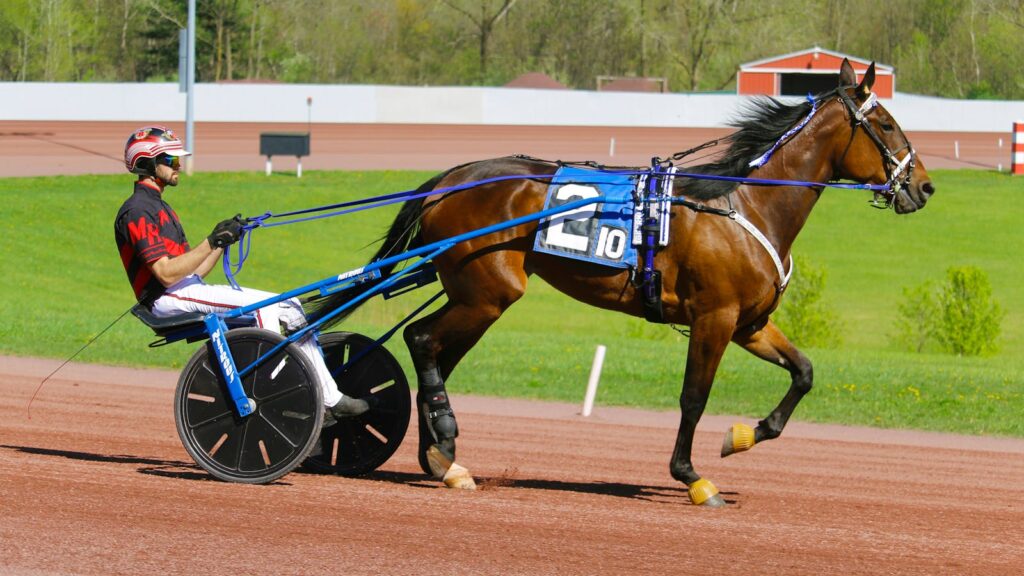
The Dutch Harness Horse (Nederlands Troyapaard) represents one of the most specialized modern breeds developed specifically for driving competitions and elegant carriage work. Developed in the Netherlands through selective breeding of Groningen and Gelderland horses crossed with American Saddlebreds, Hackney, and other high-action breeds, these horses combine power with spectacular movement. Their breeding focuses on creating a horse with impressive knee action, tremendous self-carriage, and the strength to pull carriages with apparent ease and elegance. Dutch Harness Horses typically stand between 15.2 and 16.2 hands high and display an uphill build with powerful hindquarters that enable them to shift weight backward while maintaining elevated front leg action. While primarily used in competitive show driving and exhibition events today, their practical capabilities make them suitable for a range of driving applications where visual impact matters alongside functionality.
Haflinger: The Versatile Alpine Driving Horse
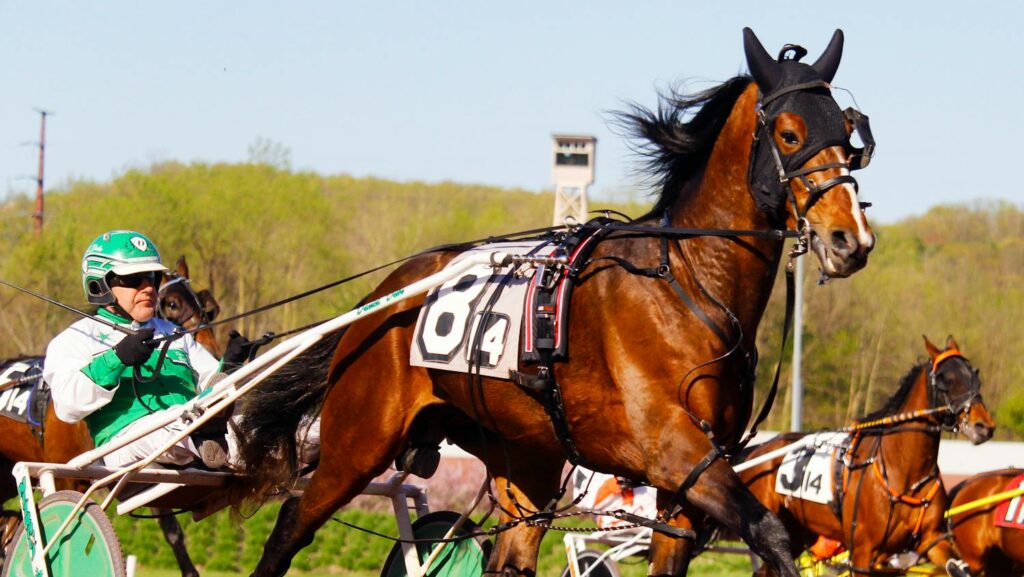
Originating in the mountainous regions between present-day Austria and Italy, Haflingers have developed as versatile working horses with exceptional aptitude for driving tasks. These distinctive chestnut horses with flaxen manes and tails typically stand between 13.2 and 15 hands high, combining compact power with remarkable agility. Haflingers possess naturally balanced gaits with good impulsion and forward movement, making them comfortable and efficient driving partners for both leisure and competitive applications. Their intelligence and people-oriented nature facilitates training for driving disciplines, while their hardiness and surefootedness—developed through centuries of work in challenging Alpine terrain—provide practical advantages for driving in varied conditions. Haflingers excel in recreational carriage driving, agricultural work, and increasingly in combined driving events where their agility, stamina, and willingness give them an advantage in the challenging marathon phases of competition.
Gelderlander: The Elegant Dutch Carriage Horse
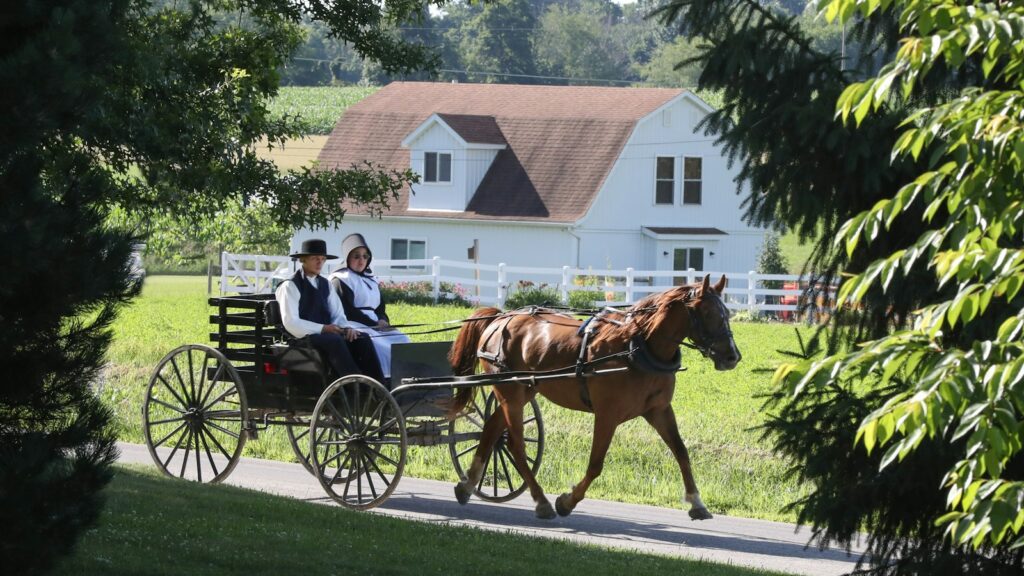
The Gelderlander represents one of the traditional Dutch carriage horse types that contributed significantly to the development of modern driving breeds. Originating from the Gelderland province of the Netherlands, these horses typically stand between 15.2 and 16.2 hands high and often display chestnut coloration with distinctive white markings. Their conformation features an elegant, rectangular build with a long, slightly arched neck, powerful shoulders, and strong hindquarters—all attributes that support excellent performance in harness. Gelderlanders possess naturally elevated movement with significant knee action without sacrificing ground-covering ability, making them efficient yet spectacular in motion. Their willing temperament and trainability have maintained their popularity for both recreational and competitive driving applications, particularly in traditional carriage presentations and elegant turnout classes where historical accuracy and classic appearance are valued alongside performance.
American Standardbred: Speed and Endurance in Harness
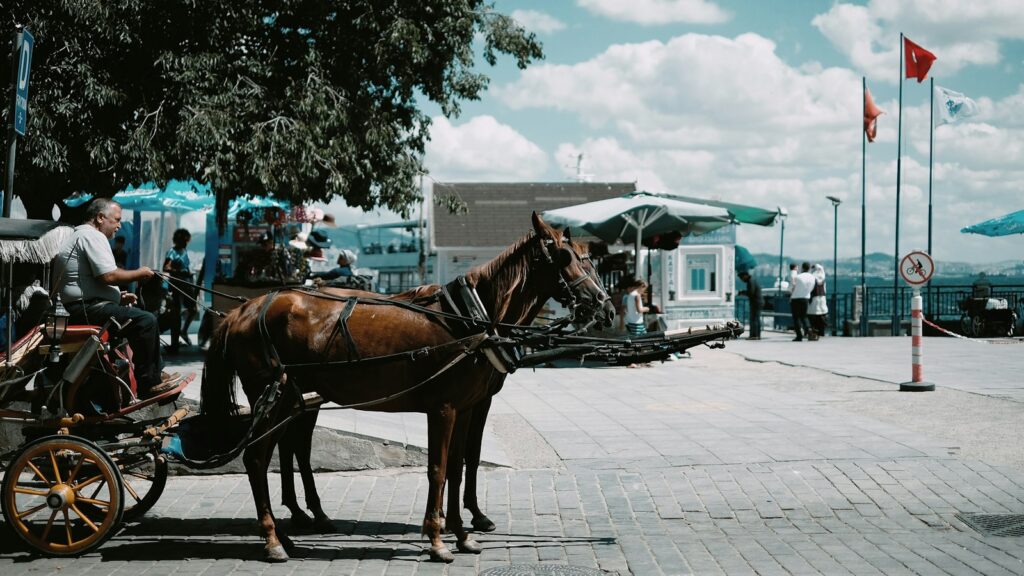
The American Standardbred has earned its reputation as one of the world’s premier harness racing breeds, but its capabilities extend well beyond the racetrack into various driving applications. Developed in the United States through crossing Thoroughbreds, Morgans, Hackneys, and other trotting horses, Standardbreds possess remarkable endurance, sound conformation, and natural aptitude for pulling in harness. While racing Standardbreds are categorized as either trotters or pacers based on their racing gait, their inherent stamina and level-headed temperaments make them adaptable to pleasure driving, combined driving competitions, and commercial carriage work after racing careers conclude. Standardbreds typically stand between 15 and 16 hands high with substantial muscle development, powerful hindquarters, and naturally ground-covering strides that provide efficiency during extended work periods. Their intelligence and trainability facilitate transitions from racing to recreational or competitive driving pursuits, making them popular “second career” prospects for driving enthusiasts.
Cleveland Bay: England’s Oldest Carriage Breed
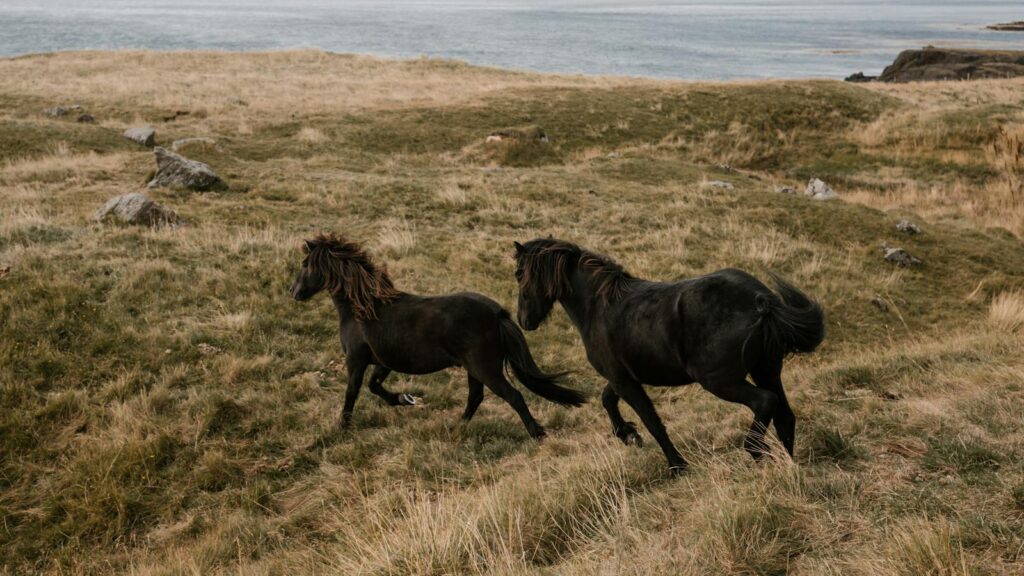
The Cleveland Bay holds the distinction of being Britain’s oldest established horse breed and one of the few remaining pure warmblood breeds globally, with a history spanning over 600 years of selective breeding for coaching and carriage work. These distinctive horses always display bay coloration without white markings except for possibly small star markings, standing between 16 and 17 hands high with substantial bone and muscle development. Their conformation features powerful shoulders, strong backs, and well-muscled hindquarters that support prolonged work in harness without undue strain or fatigue. Cleveland Bays developed during an era when carriages provided primary transportation, creating horses with remarkable stamina capable of pulling heavy vehicles over long distances at sustained speeds. Though relatively rare today, Cleveland Bays continue to excel in traditional driving contexts, formal carriage presentations, and increasingly in combined driving events where their strength, endurance, and level-headed nature provide competitive advantages.
Selecting the Right Driving Horse for Your Needs
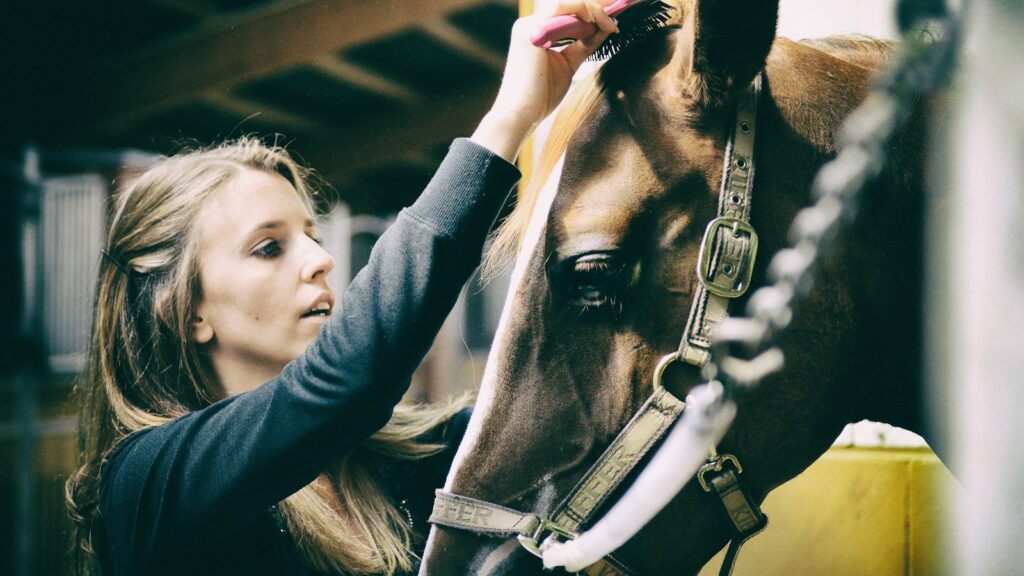
Choosing the appropriate driving horse requires thoughtful evaluation of your specific goals, experience level, and practical considerations beyond mere breed preferences. For beginners, temperament should typically outweigh other factors—selecting a calm, experienced riding horse provides safer learning opportunities regardless of breed characteristics. Consider the type of driving you plan to pursue, as different disciplines favor different physical attributes; competitive combined driving requires athleticism and agility, while commercial carriage work demands unflappable steadiness in chaotic environments. Practical considerations, including your facility’s capacity, budget for feed and care, and available equipment should influence size selection, as draft breeds require substantially more space, feed, and often specialized harness equipment compared to lighter breeds. Finally, remember that individual variation within breeds can be significant—always evaluate each potential driving horse as an individual rather than relying solely on breed generalizations when making your selection.
Conclusion
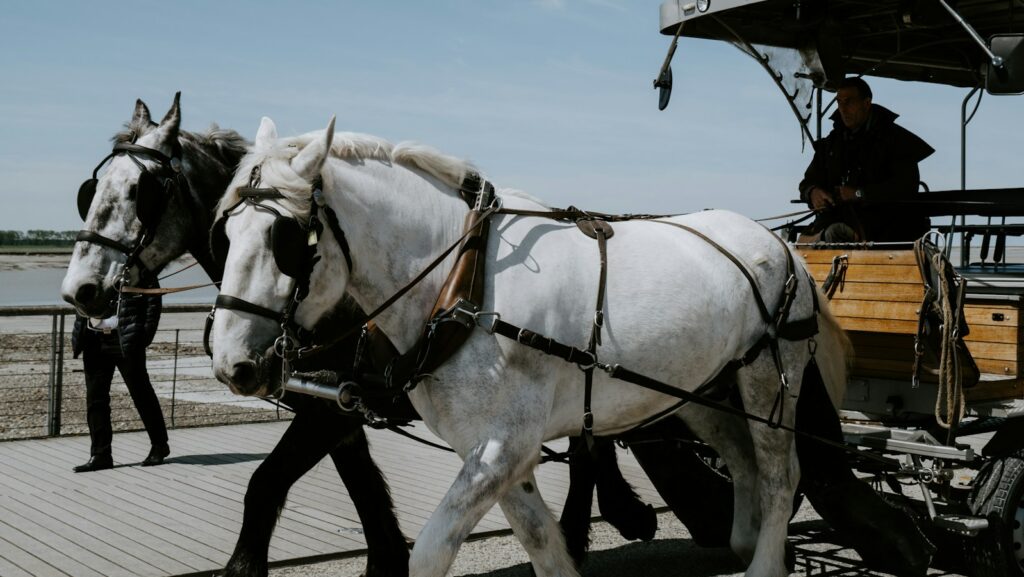
The world of driving horses offers remarkable diversity, from the massive draft breeds that once powered industrial development to elegant high-stepping show breeds developed for visual spectacle. While breeding has certainly shaped aptitudes and tendencies, successful driving horses ultimately combine appropriate physical attributes with suitable temperaments and proper training—regardless of their bloodlines. As modern interest in driving disciplines continues to grow through combined driving competitions, recreational carriage driving, and historical reenactment activities, these specialized breeds maintain their relevance in a mechanized world. Whether pulling wedding carriages through city parks, competing in formal driving events, or working on small sustainable farms, driving horses continue to demonstrate the enduring partnership between humans and equines that has shaped civilization for millennia.

